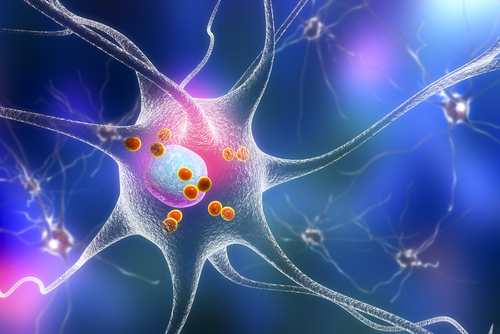AcuraStem Advancing Second Stage of Small Molecule Development for ALS Treatment

AcuraStem has triggered $3 million in Phase 2 funding from its Small Business Innovation Research (SBIR) grant, which the biotechnology company will use to start the second stage of its AS-1 program. That patient-derived stem cell therapy program is aimed at developing a small molecule that could stop amyotrophic lateral sclerosis (ALS) progression.
The funding for the Phase 2 part comes after the company achieved its Phase 1 goal, consisting of proof of concept studies of the AS-1 program, six months ahead of schedule.
“Securing this funding is an important milestone for the company,” Sam Alworth, CEO at AcuraStem, said in a press release. “These funds, together with support from the Muscular Dystrophy Association, will help us accelerate the preclinical development of AS-1 and achieve critical milestones to bring this important therapeutic into the clinic for ALS patients.”
Phase 1 of the study was funded by the SBIR fast-track grant, awarded in June 2018 by the National Institute of Neurological Disorders and Stroke (NINDS), and a $300,000 grant awarded by the Muscular Dystrophy Association.
The AS-1 program aims to develop and bring to clinical testing a series of small molecules that could stop ALS progression. These molecules target motor nuerons — the cells affected by this progressive neurological disease. Experiments performed in the lab, using motor neurons derived from ALS patients, showed that AS-1 molecules prevented cells from dying by blocking the action of a certain protein.
The potential therapy was identified using AcuraStem’s proprietary platform iNeuroRx, developed by Justin Ichida, a professor at the University of Southern California and a co-founder of the company. The iNeuroRx platform combines data collected from patient-derived motor neurons and artificial intelligence to identify potential treatments that could slow or stop ALS progression.
The protective effect of AS-1 molecules was initially observed in the cells of a patient with C9-ALS, a familial form of the disease, caused by mutations in the C9orf72 gene. However, further research showed that the compounds also could protect the nerve cells of patients with other forms of ALS, including the more common sporadic ones.
“We have tested most approved drugs and many other compounds for the ability to rescue ALS patient motor neuron degeneration,” Ichida said.
“Of all the therapeutic drug targets we’ve screened, AS-1’s target is one of the most potent and broadly-active across different ALS patient neurons. We are excited that NIH has agreed to support the development of a clinical candidate based on this target,” he added.






